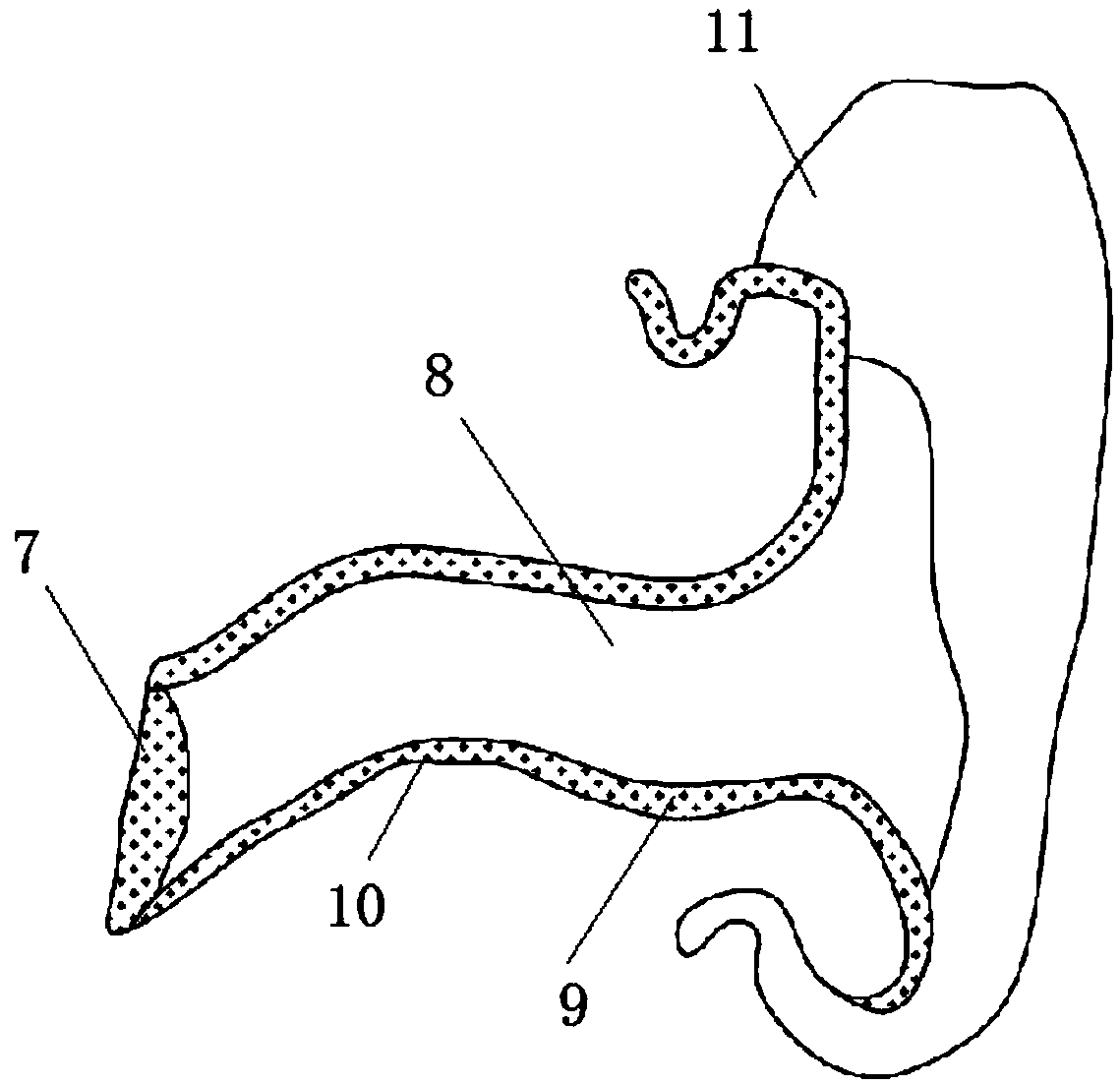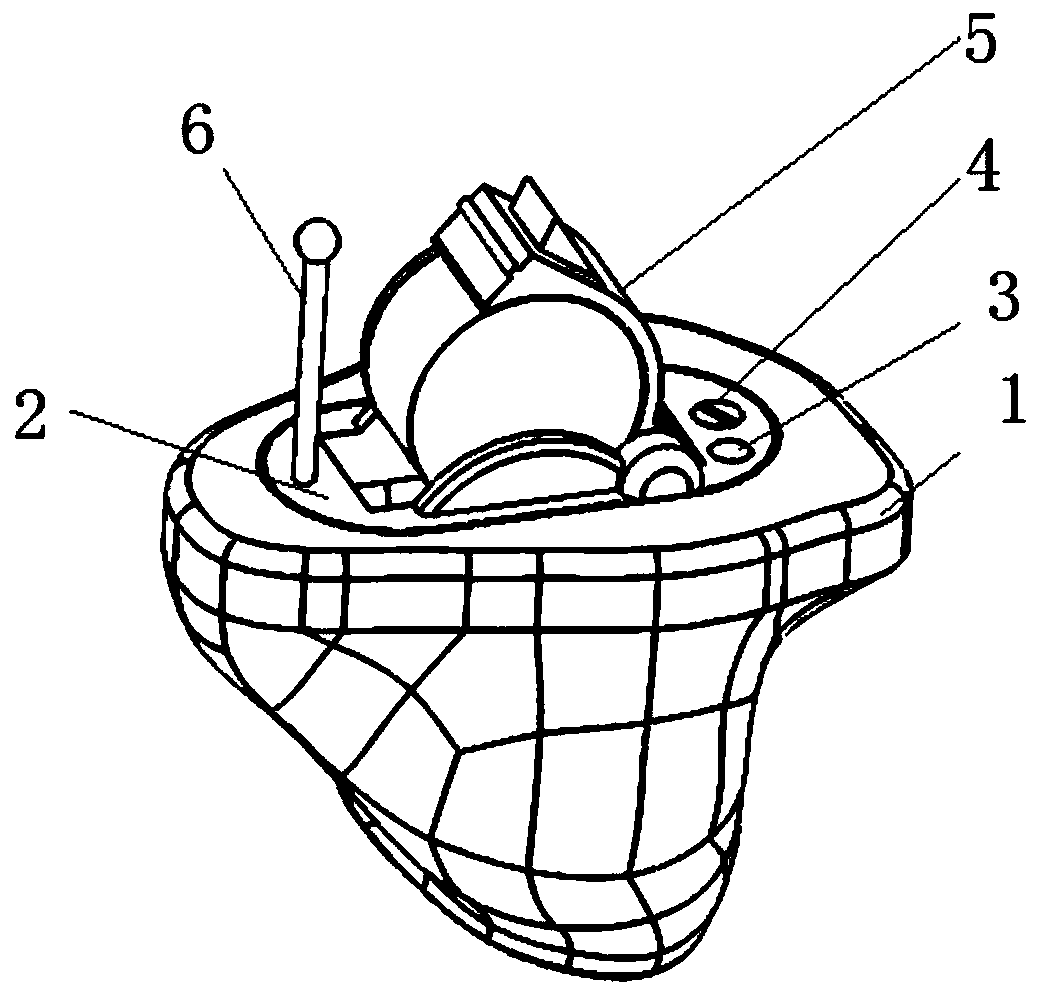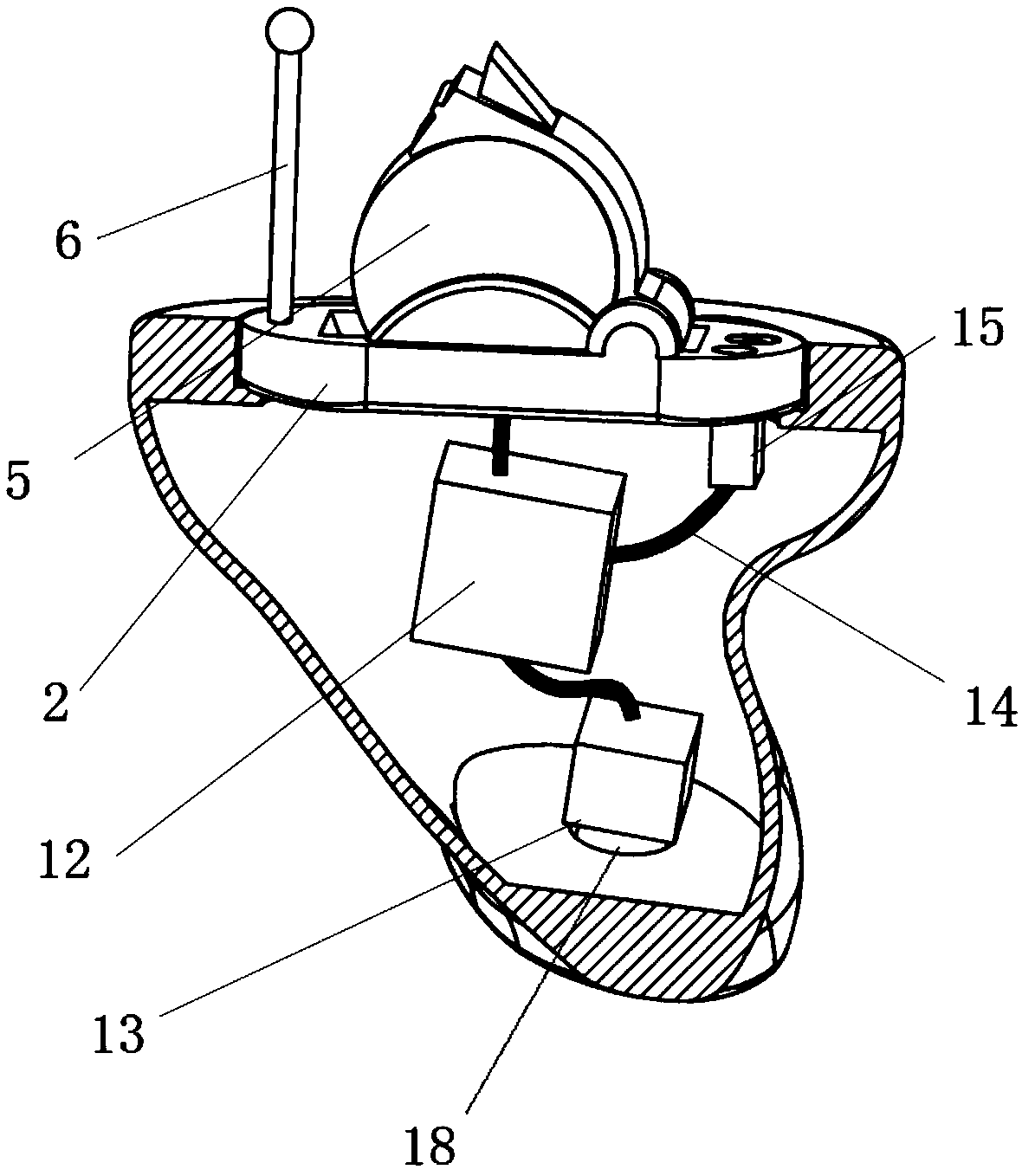Manufacturing method of 3D-printed hearing aid casing
A technology of 3D printing and manufacturing methods, which is applied in the direction of hearing aids, additive manufacturing, and improvement of process efficiency, and can solve problems such as allergic reactions, poor sound insulation, and single shape of hearing aid shells
- Summary
- Abstract
- Description
- Claims
- Application Information
AI Technical Summary
Problems solved by technology
Method used
Image
Examples
Embodiment 1
[0033] Such as figure 1 As shown, the manufacturing method of the 3D printing hearing aid shell includes the following steps: performing three-dimensional reconstruction on the medical image data of the hearing-impaired person, obtaining the three-dimensional data of the ear canal 8, using three-dimensional software to form a model, and then using the three-dimensional software to reconstruct the three-dimensional data according to the reconstructed three-dimensional data. Design and optimize the model, design the model and print it with a 3D metal printer, and perform post-processing after printing.
[0034] Specifically, the design and optimization steps include:
[0035] Step 1: Open the CT / MRI medical imaging image, and confirm that the directions of the three views are correct, and use 3D software to process the model to reduce noise processing.
[0036] Step 2: Determine the threshold according to the required ear canal tissue, determine the threshold of the required ea...
PUM
| Property | Measurement | Unit |
|---|---|---|
| Side wall thickness | aaaaa | aaaaa |
| Thickness | aaaaa | aaaaa |
Abstract
Description
Claims
Application Information
 Login to View More
Login to View More - R&D
- Intellectual Property
- Life Sciences
- Materials
- Tech Scout
- Unparalleled Data Quality
- Higher Quality Content
- 60% Fewer Hallucinations
Browse by: Latest US Patents, China's latest patents, Technical Efficacy Thesaurus, Application Domain, Technology Topic, Popular Technical Reports.
© 2025 PatSnap. All rights reserved.Legal|Privacy policy|Modern Slavery Act Transparency Statement|Sitemap|About US| Contact US: help@patsnap.com



